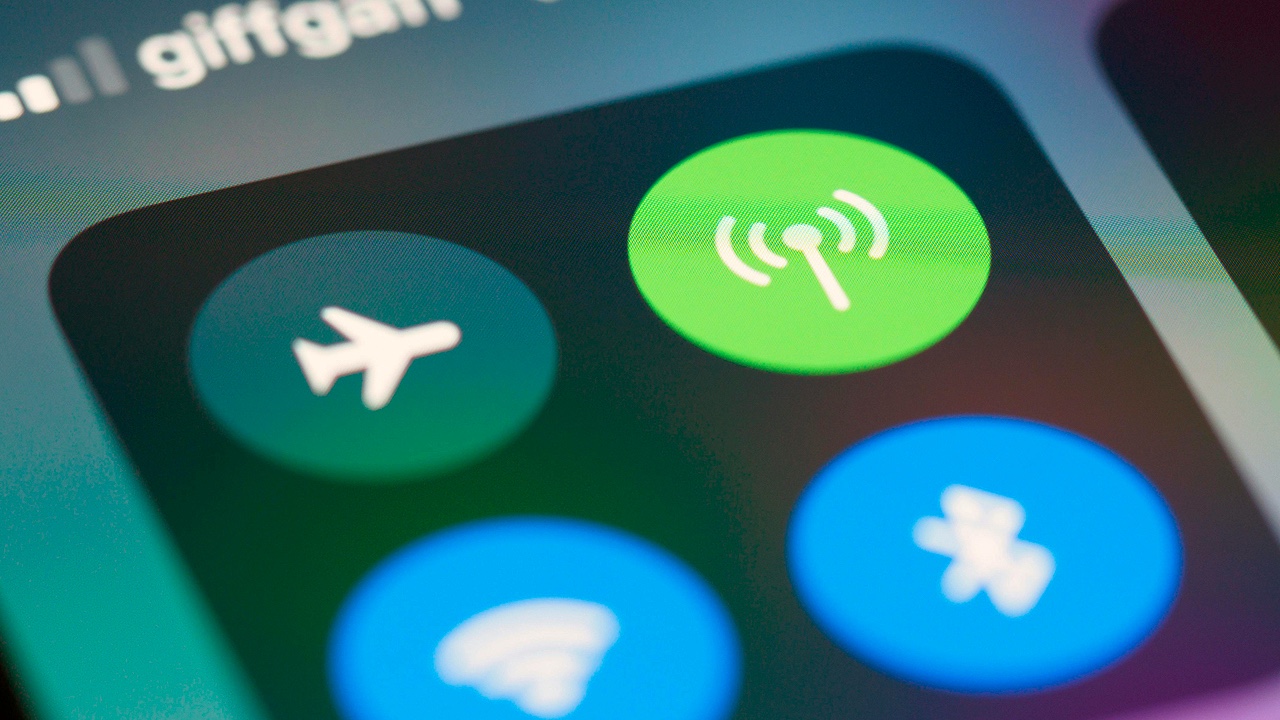
What Is Airplane Mode? 5 Common Questions About Flying with Phones Answered
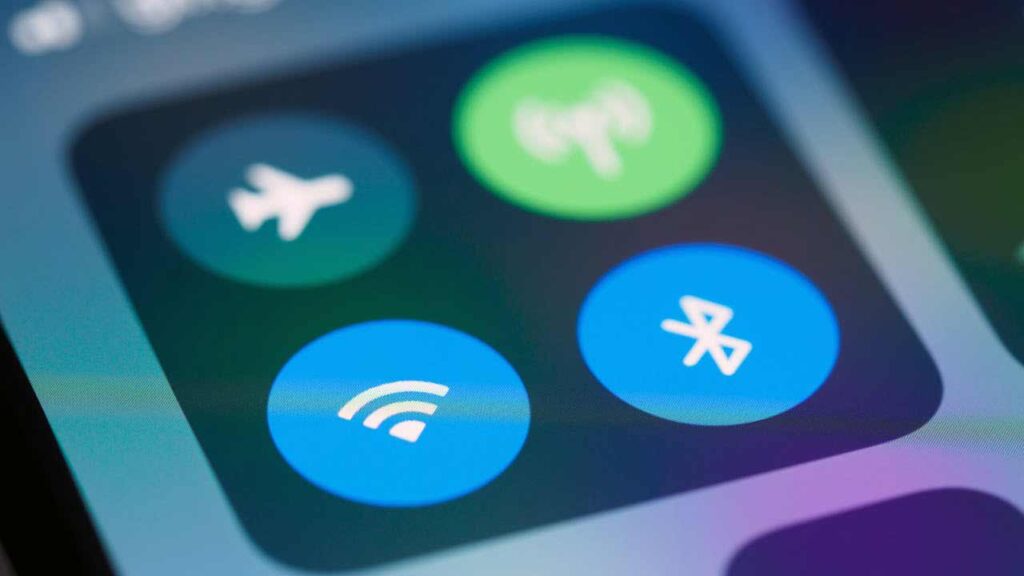
Traveling can feel like second nature or a total mystery, depending on how often you’re in the air. Some rules make perfect sense, like fastening your seatbelt during turbulence. Others—like turning on airplane mode or carefully managing your lithium batteries—can leave you scratching your head. And then there’s the practical stuff, like whether it’s okay to use public Wi-Fi or how to keep your phone alive for an entire flight.
Understanding the “why” behind these questions isn’t just interesting; it makes your trip smoother, safer, and a whole lot less stressful. Whether you’re a seasoned traveler or prepping for your first flight, knowing these basics can help you handle any trip like a pro.
Is It Safe to Use Airport Wi-Fi?

Airport Wi-Fi is no longer the digital minefield it used to be. Most reputable websites and apps these days use HTTPS, a protocol that encrypts your data and makes it far more difficult for anyone to spy on what you’re doing online. To make the most of this, double-check that your browser automatically connects via HTTPS before you leave home—a small step that adds big security, as experts at Norton recommend for safer browsing on public networks (Source: Norton).
That said, you still want to be cautious. Look for “HTTPS” in the URL of any site you visit, especially if you’re logging into an account. Mobile apps can be trickier since it’s not always clear if they’re encrypting their traffic. If you’re dealing with sensitive info, like banking, consider using a VPN for extra protection. A VPN creates a private tunnel for your data, shielding it from any snooping eyes. And if you’re in doubt about connecting to public Wi-Fi at all, use your phone’s mobile hotspot instead. Better safe than sorry.
What Happens If You Don’t Use Airplane Mode?
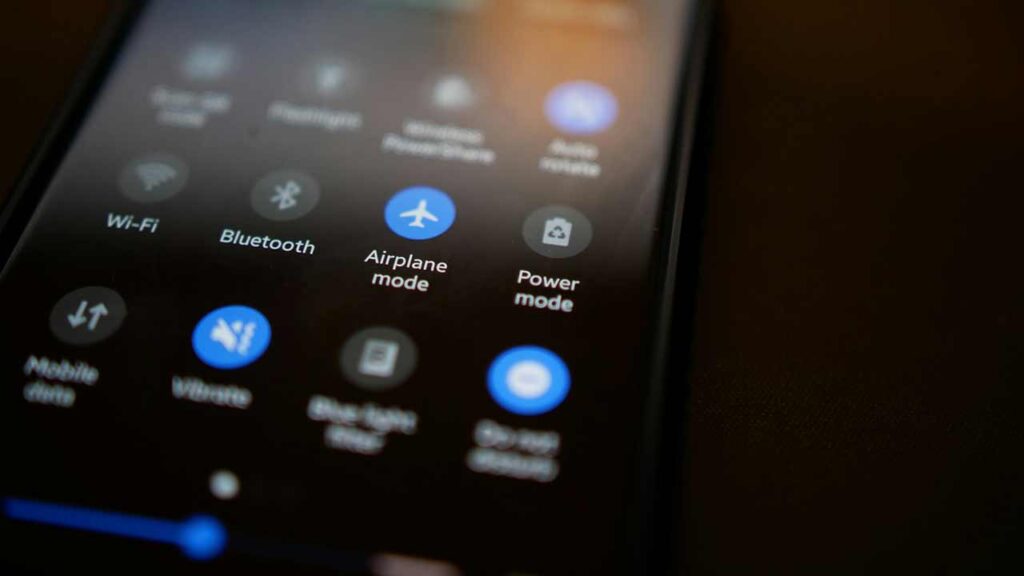
Airplane mode might seem like a nuisance, but it’s there for a reason. The Federal Aviation Administration (FAA) requires it because your phone’s cellular signals can potentially interfere with the aircraft’s systems. That’s why airplane mode shuts off cellular, Wi-Fi, and Bluetooth signals with one tap—keeping the plane’s tech happy and compliant (Source: FAA).
That said, forgetting to enable airplane mode isn’t going to cause a catastrophe. Studies show plenty of people accidentally leave their phones on, and there’s no record of a crash caused by this. Still, the rules exist for good reason. The signals from hundreds of phones can create a lot of noise for the plane’s navigation systems, a point underscored by the FAA’s ongoing research into electromagnetic interference. Plus, airplane mode saves your battery—your phone isn’t endlessly searching for a signal it can’t find thousands of feet in the air.
Can You Trust the Chargers on the Plane?
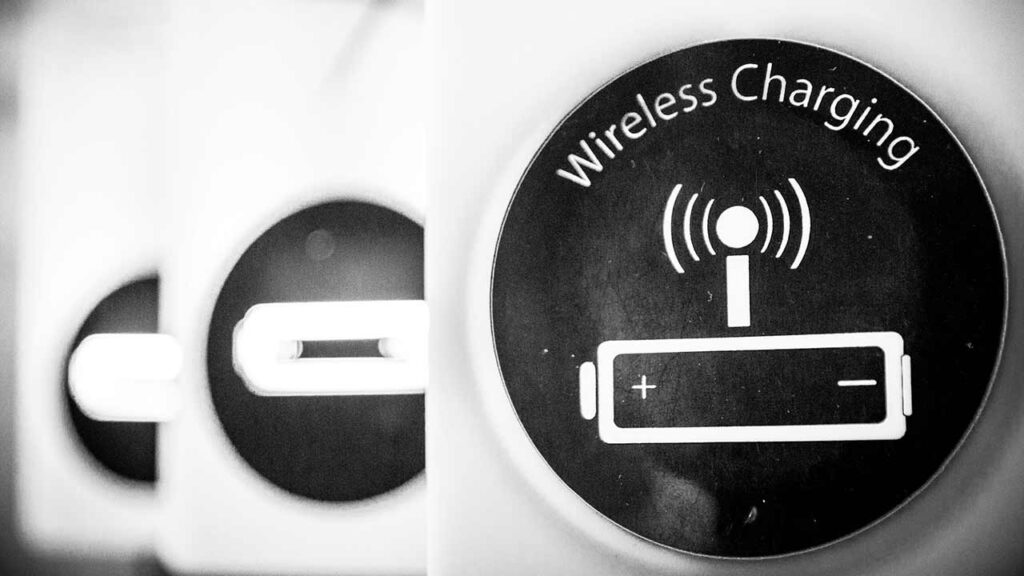
Using the in-seat charger on a plane is generally safe, but it’s worth being cautious. Public USB ports have been flagged for potential security risks, like “juice jacking,” where hackers could theoretically use them to install malware on your device. While this is relatively rare, the FCC and cybersecurity experts recommend avoiding public USB ports that prompt you to share data or display unexpected pop-ups when connected.
To play it safe, always use your own charging cable. For added peace of mind, consider investing in a data-blocking adapter. This handy little tool blocks any data transfer through the USB port, letting you charge without worry—a tip highlighted by tech site How-To Geek for travelers facing public charging risks (Source: How-To Geek). If your device allows, turning it off while charging can also minimize any potential risks.
How Can You Conserve Your Battery on a Long Flight?
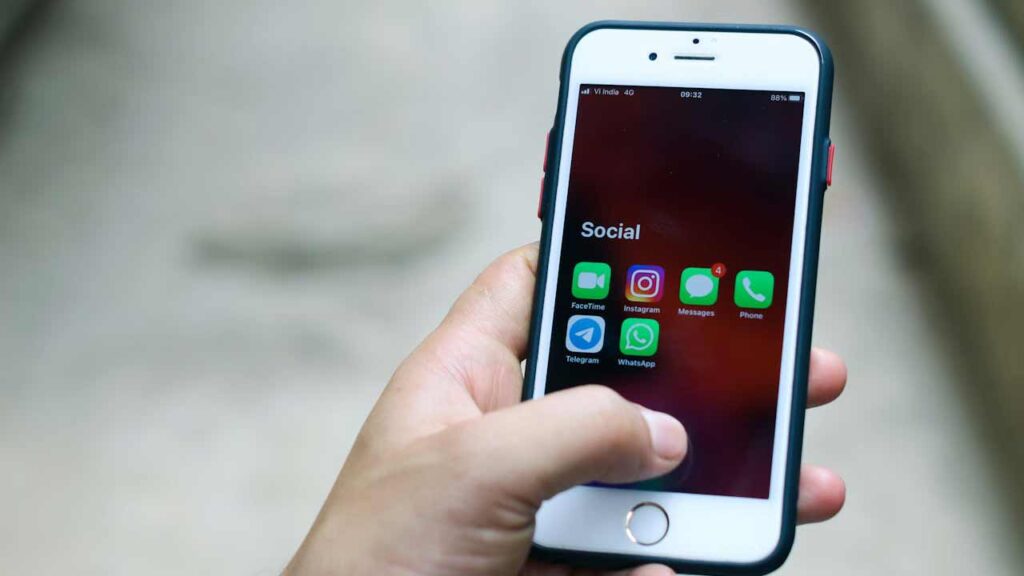
Keeping your phone alive for a long trip can feel like a challenge, especially if it’s doubling as your boarding pass, travel guide, and wallet. One of the easiest ways to conserve power is by switching to airplane mode, which turns off battery-draining features like Wi-Fi and Bluetooth. Many phones also have a battery-saver mode that dims the screen and limits background activity to keep you going longer.
If that’s not enough, a portable charger is your best friend. Compact and easy to carry, a power bank can give you a full recharge whenever you need it. It’s a simple, stress-free way to ensure your device makes it through the journey.
What’s With All the Rules About Lithium Batteries?
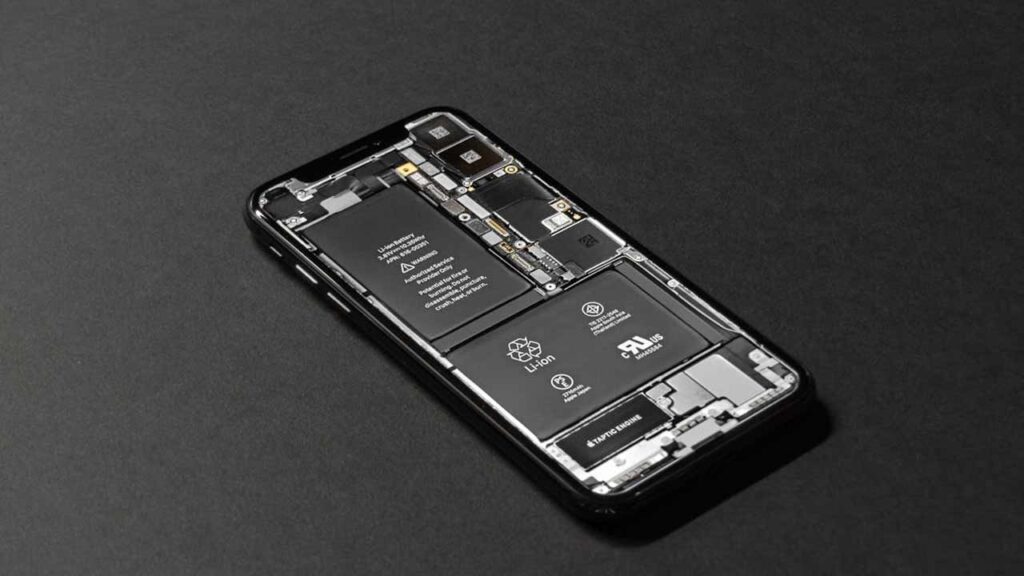
If you’ve flown recently, you’ve probably heard the warnings about lithium batteries. Devices powered by these batteries must be powered off if they’re in checked luggage, and spare lithium batteries are required to be carried in your hand luggage.
The reasoning? Safety. Lithium-ion batteries have been linked to an increase in fires, with FAA data showing a significant rise in incidents over the past few years. These batteries can overheat and ignite, especially if damaged or improperly stored. Before your next trip, it’s a good idea to review the FAA’s guidelines on traveling with electronics to avoid any last-minute surprises at the airport (Source: FAA).